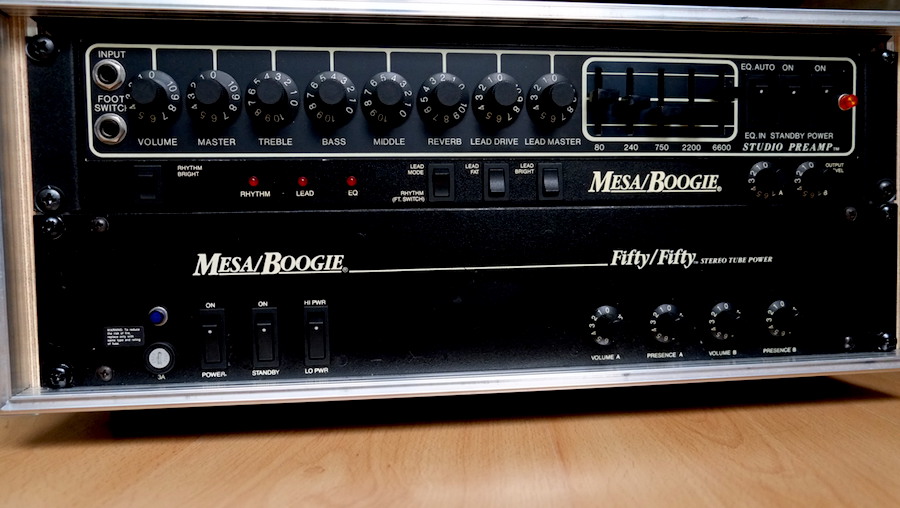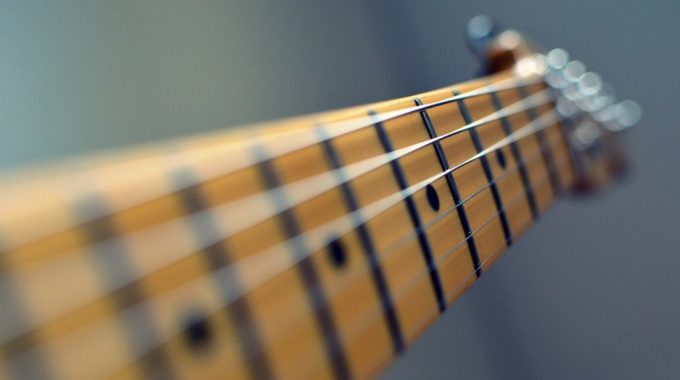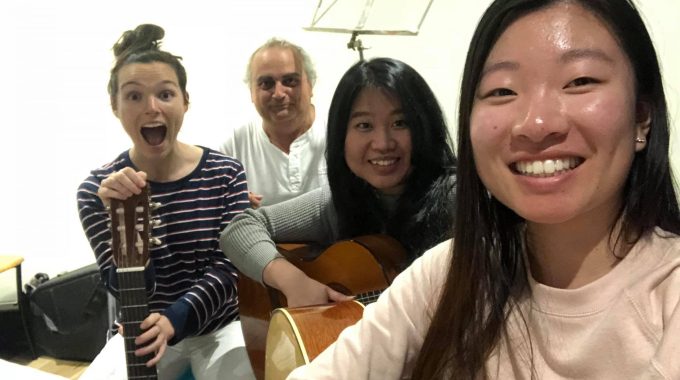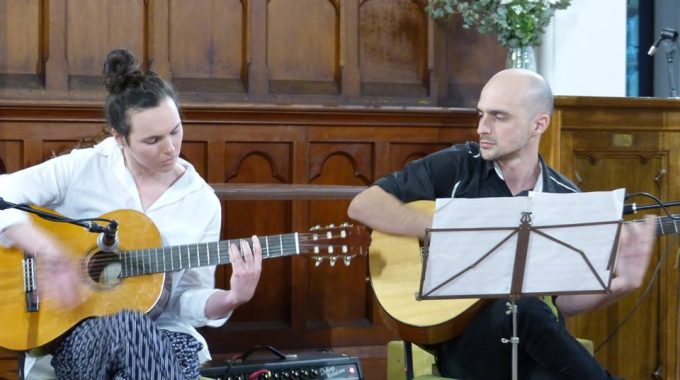Why sing before you play? Why do we learn chords on the guitar?How to create strumming patterns?....
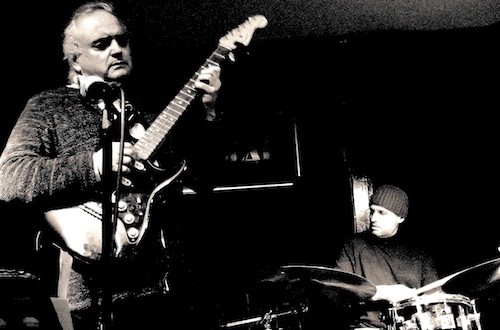
How hard is it to learn jazz guitar?
Is It Hard to Learn to Play Jazz on the Guitar
Jazz guitar is all about creating music by playing different chords and melodies in interesting ways.
You can get better at this by learning more about music. You can do this by practicing with others and memorizing some complete guitar solos. One of my first guitar teachers told me that if I could remember and play a solo by Wes Montgomery in all the different musical keys, I wouldn’t need any more lessons.
But, in reality, I did end up going back to lessons and spending many years learning to become a skilled jazz guitar player and improviser.
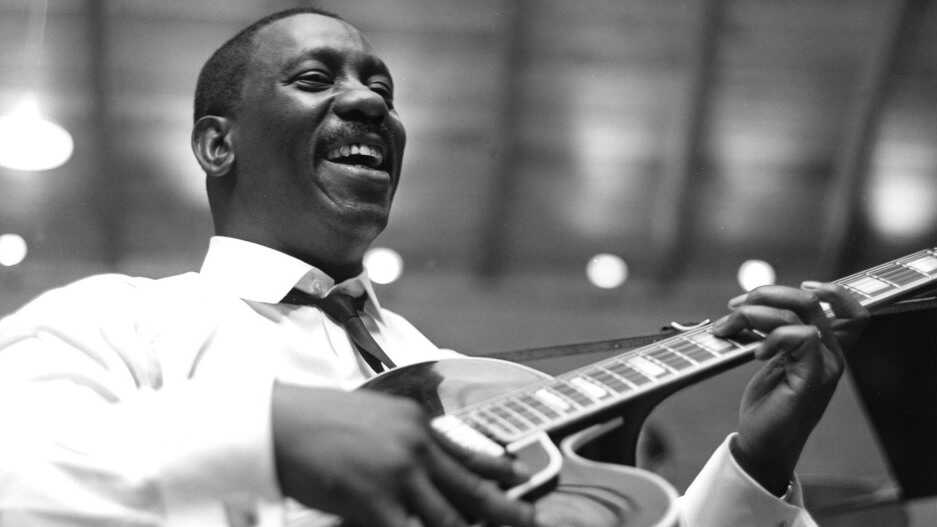
What do I Need to Know to Play Jazz on the Guitar?
To become skilled at creating different melodies, rhythms, and harmonies as a guitar student, your journey begins with understanding the essence of playing a song. I guide students through this in my level 2 course, where you’ll grasp the fundamentals of a song, learn the art of composing one, and explore playing it alongside fellow guitarists in a group setting.
Moving forward, you’ll delve into the realm of harmony and the intricate relationships between chords and scales. This phase of learning usually spans around two years, with a few hours of daily practice.
The learning path is rich and multifaceted. As you progress, you’ll also hone your ability to improvise and provide complementary accompaniment within a group.
Certainly, you can develop your improvisational creativity by mastering techniques like motif development, rhythmic alterations, and reharmonization. You’ll also explore concepts such as crafting musical climaxes and employing upper structure triads.
For a practical example, the video below illustrates how notes can be combined in alternative ways to fashion harmonic or melodic chords on the guitar.
Can a Beginner Learn Jazz Guitar?
Jazz guitar today isn’t just a genre; it’s a dynamic method of playing that involves improvisation and collaboration with fellow musicians, resulting in constant innovation. While it offers immense enjoyment, it’s an advanced approach that surpasses the scope of beginners.
With dedication, you can become proficient in jazz guitar within a few years. However, the journey commences with mastering the fundamentals – playing simple yet beautiful tunes in an uncomplicated manner, creating harmonious connections with fellow guitarists.
As you gain experience, you’ll reach a juncture where your musical expression expands. This juncture marks your readiness to embark on further learning, nurturing and expanding your creative guitar prowess.
For those at the beginner level, I highly recommend enrolling in levels one and two of my online guitar courses or joining the group guitar sessions available through my school in Sydney and Wollongong. Once you’ve established these foundational skills, you can confidently progress to cultivating improvisational expertise within realms like blues, jazz, funk, or flamenco guitar.
Do Jazz Guitarists Use Picks?
When it comes to jazz guitar, you’ve got choices in how you play. Just like Wes Montgomery, who used only his thumb, some folks use a pick, while others go for using all their fingers. It’s really up to what you like best.
The music you want to create is already inside you, and how you play – the sound and style – is an extension of who you are. Some musicians say using a pick gives you one kind of sound, your thumb gives you a different sound, and your fingers give you yet another type of sound. But as you progress, these distinctions become less important.
For beginners, it’s important to decide on a technique and stick with it until you’ve really mastered it. The way you use your left hand will be pretty much the same whether you’re using your fingers or a pick. But the right-hand technique will need specific practice and might take a couple of years to get really good at.
I wouldn’t suggest trying to learn all the techniques at once as a beginner, as that can be frustrating. Personally, these days I play guitar using my fingers, but I actually started out using a pick for more than 20 years. It took me quite a few more years to build up the same speed with my fingers as I had with the pick.
Do Jazz Guitarists use Pedals?
Absolutely, pedals are a key tool for jazz guitarists, as they can reshape the sound in interesting ways. For instance, a compressor pedal helps control the loud and soft parts of your playing, leading to longer sustained notes. A chorus pedal can make the sound richer by adding extra tones, though it might soften the initial attack of the notes. Reverb pedals create a sense of space, while delay pedals add echoes before the reverberation.
Some guitarists use more intricate setups to achieve stereo effects or introduce sounds triggered by MIDI.
Volume pedals come in handy to craft smooth, attack-free sounds. Vibratos add unique textures, and controlled saturation brings in additional harmonics.
In the past, these effects were made using analog tools like transistors or tape for delays. Nowadays, digital technology replicates these effects with precision. Plus, digital sampling broadens the options, offering various tones at a more affordable cost compared to the 1980s.
On a personal note, I skip pedals when playing jazz on my Stratocaster. I find the guitar’s pickups and volume controls provide enough tonal variety. I add a touch of saturation, adjusting the voltage output, which lets me create a crunchy sound across all the notes or just the louder ones.
What is Your Live Rig Setup?
This is rig setup for live performances.
I use a Mesa Boogie Stereo Preamp with my 50/50 Mesa Boogie Amp and connect it to two Mesa Cabinets, each with 75W, 12-inch Black Celestion speakers from 1992.
I also have a Korg A1 signal processor that I got in 1991. It was the first of its kind to offer strong processing power and flexible programming without sacrificing the quality of its effects.
